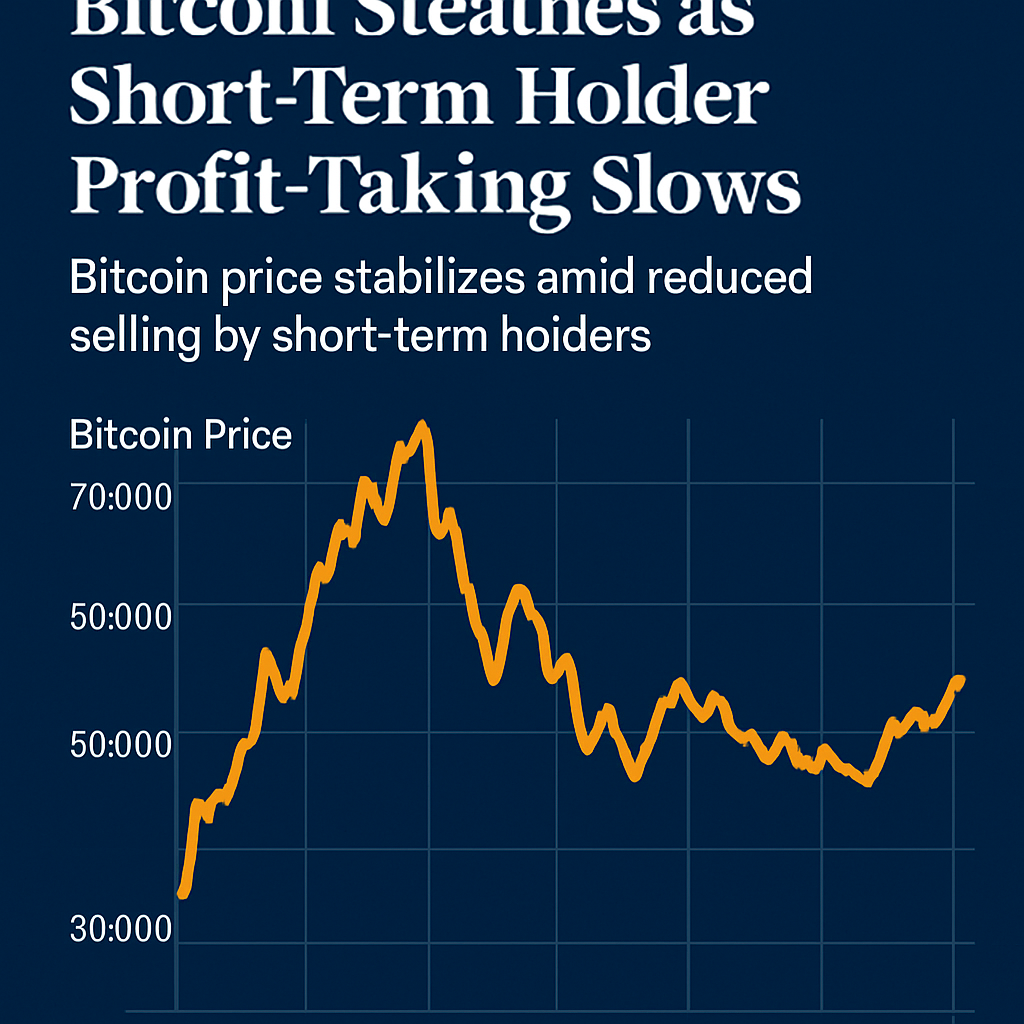Bitcoin price action has entered a phase of relative calm following recent volatility, driven by a notable decline in profit-taking among short-term addresses. Data from leading on-chain analytics providers indicates that the spent output profit ratio (SOPR) has trended back toward equilibrium, suggesting that fewer holders are realizing gains above cost basis.
The SOPR metric, which measures the ratio of price realized to price paid on spent outputs, peaked during the latest surge to all-time highs, as traders locked in profits on both spot and derivatives exchanges. In the hours following the rally, the metric returned to values closer to one, a signal that market participants are holding positions rather than executing sales, thereby reducing downward pressure on price.
Additional indicators, including the short-term holder net position change, corroborate this shift. The cumulative net change—amount of Bitcoin accumulated or sold by wallets active for under 155 days—has transitioned from net outflows to mild inflows. This behavior reflects a growing willingness among investors to absorb supply rather than trigger sell-offs, alleviating immediate liquidity concerns.
Market analysts attribute the stabilization to multiple factors. Reduced volatility in traditional markets has lowered correlation-driven flows, while steady institutional demand continues through products like spot Bitcoin ETFs. Macro developments, including central bank rate decisions and geopolitical headlines, have remained subdued, allowing on-chain fundamentals to play a larger role in price discovery.
Traders are now focusing on technical supports near key moving averages and on-chain thresholds. The 20-day and 200-day moving averages have converged, forming a narrow trading band that may guide short-term price ranges. A breakout above the recent consolidation zone near $117,000 could signal renewed upward momentum, while a drop below $113,500 might trigger caution among leveraged positions.
On-chain liquidity metrics also reveal increasing deposits at major exchange addresses, suggesting that some holders may fortify exit options. However, the speed of capital inflows has slowed compared to prior spikes, indicating that current inflows are more measured and strategic.
With profit-taking moderating, the market appears positioned for a steadier environment. Observers highlight the importance of monitoring derivatives funding rates, open interest trends, and stablecoin balances as complementary indicators of potential directional bias. If short-term holders continue to hold, Bitcoin could sustain its current levels, setting the stage for a gradual reaccumulation phase among both retail and institutional cohorts.
In summary, the easing of short-term holder realizations suggests that Bitcoin’s latest price rotation may mark a transition from rapid profit-taking to a more balanced market state. Continued on-chain data will help verify whether this consolidation phase will precede a fresh rally or a deeper range-bound period.

Comments (0)